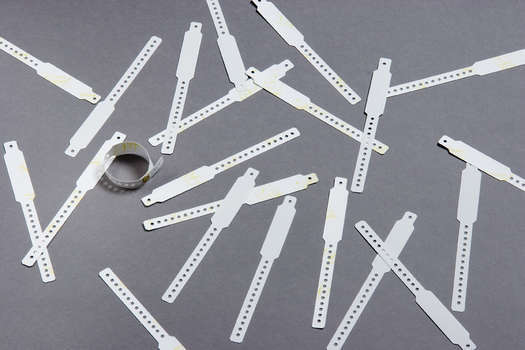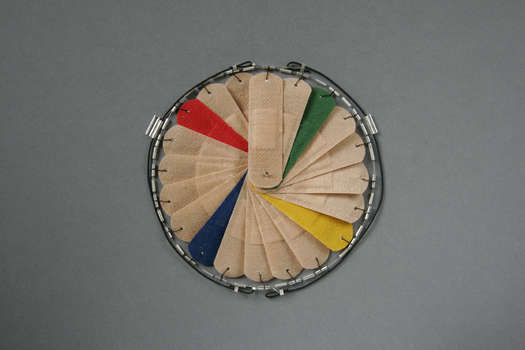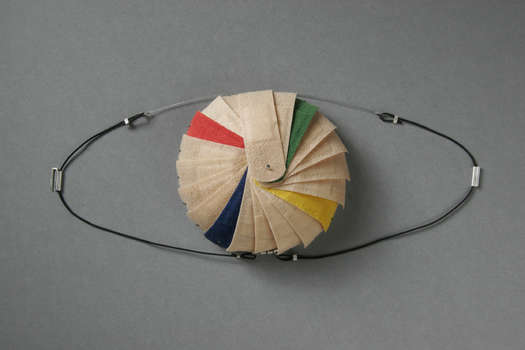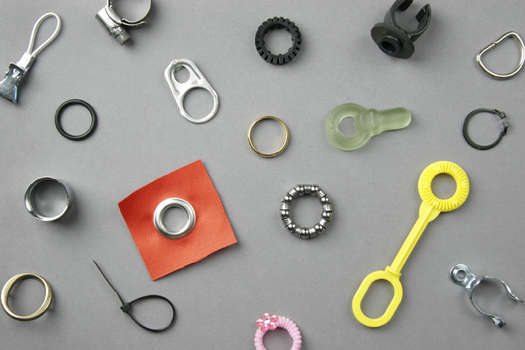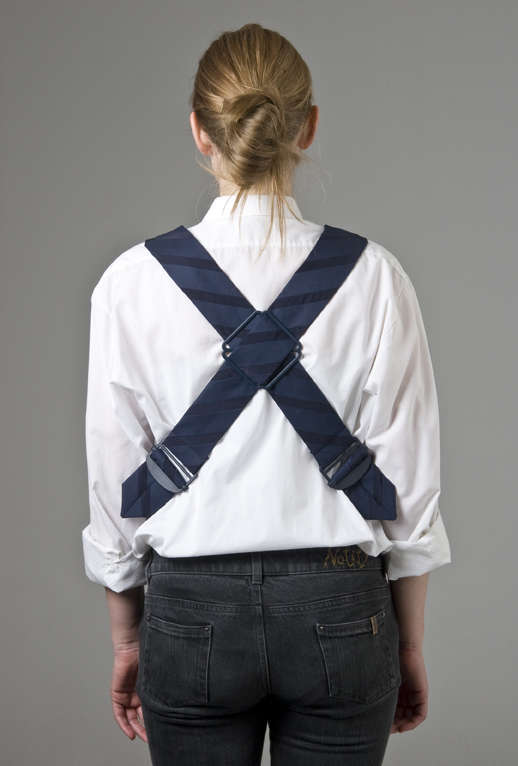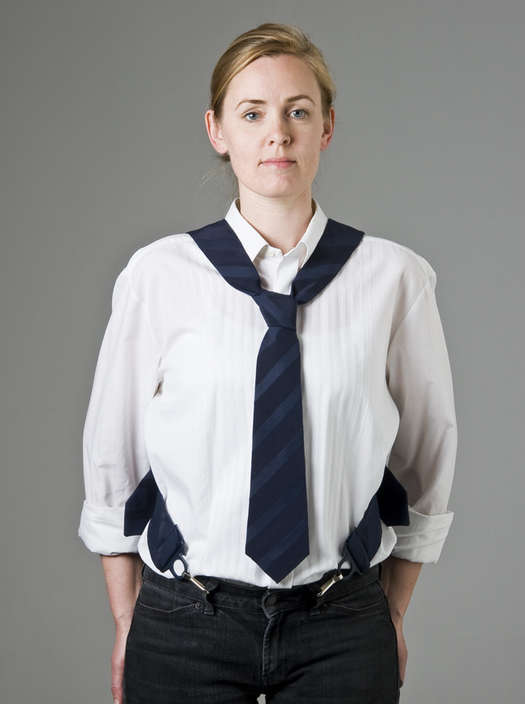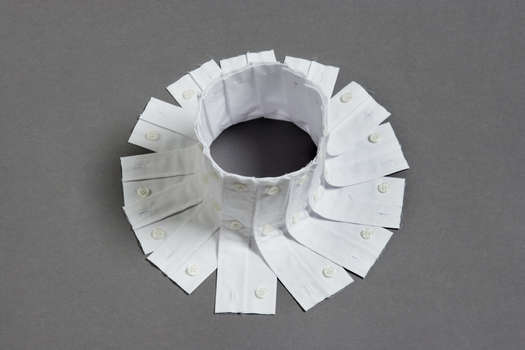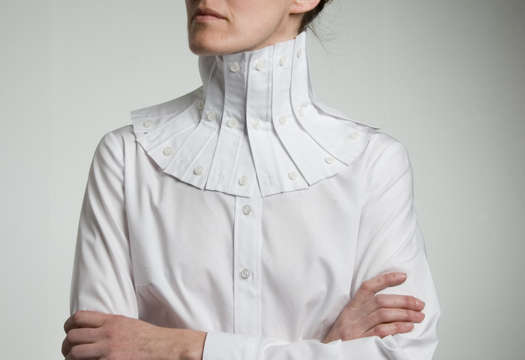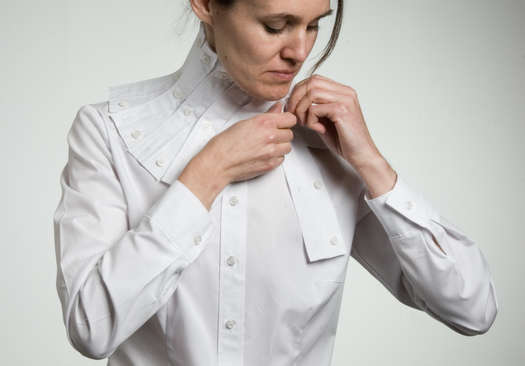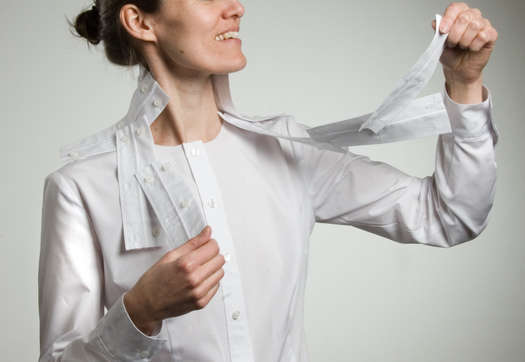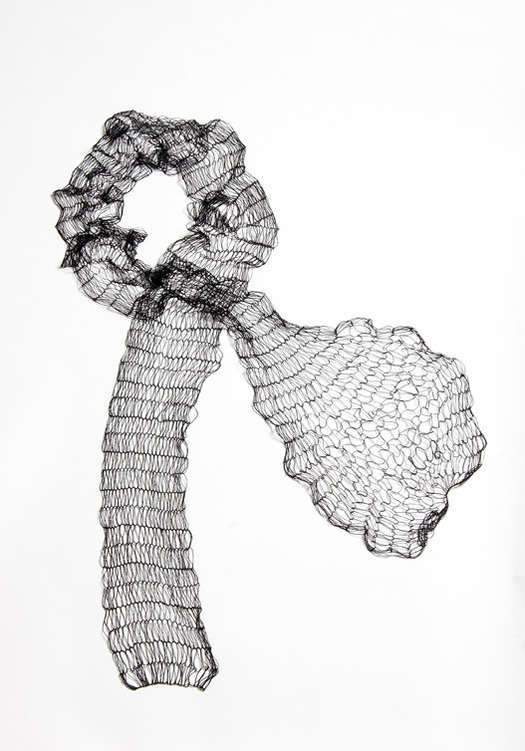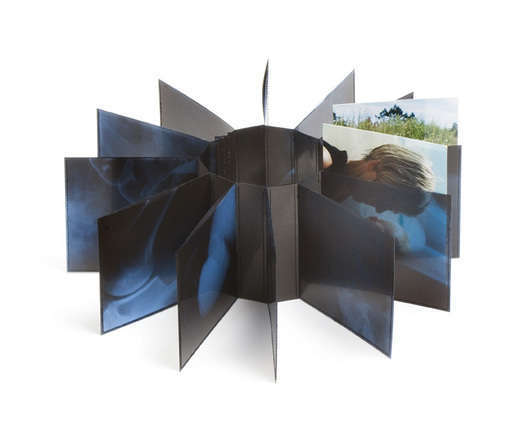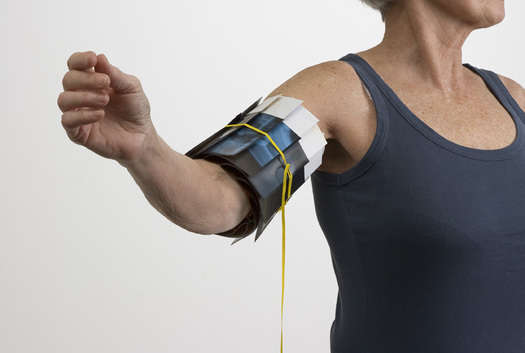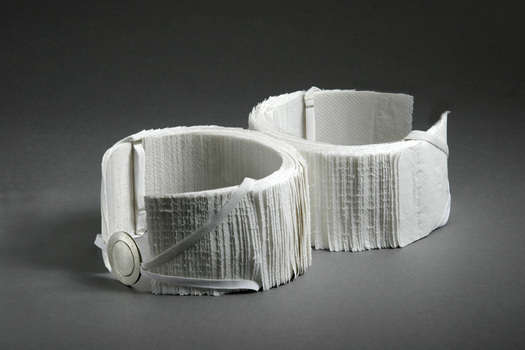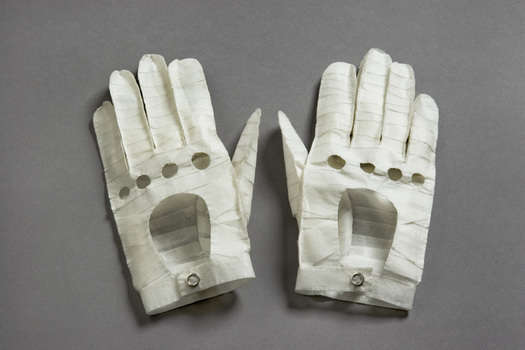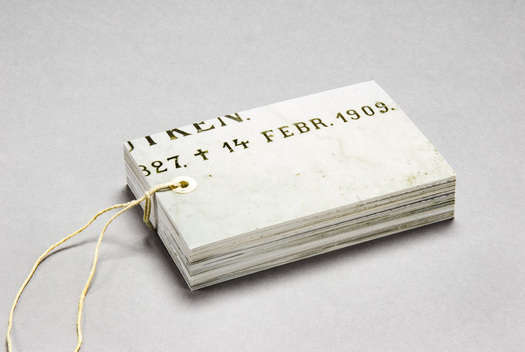LIFE STAGES (2005)
"Life Stages" is an exhibition project inspired by an old image of life – the so-called life stairs. Since the Renaissance, the progression of life has been depicted as a stairs, and from the 18th century, the life stairs was a popular image that might be present as a print, drawing or embroidery in many homes. Typically, people would receive a life stairs image in connection with one of the milestones in life, like births or weddings.
The 11 pieces of jewellery in "Life Stages" illustrate some characteristic features associated with being 0, 10, 20, 30, 40, 50, 60, 70, 80, 90 and 100 years old. The jewellery resembles the signs, symbols or props that are used to mark the person's age in many of the old representations of life stairs, such as a high hat and a cane. The jewellery is placed on 11 podiums that form an ascending and descending staircase.
The podium steps of "Life stages" are dimensioned in relation to the human body, the podium heights dictating the objects' placement on the body: For example, for the 50-year-old, I created an object for the head, because the 50-year-old is at the top step, at head height. For the 100-year-old I did a piece of toe jewellery, because the 100-year-old is placed by the outside edge on one of the lowest steps, at toe height; and so forth. The skin-coloured podiums stand in for the absent body, exhibiting the jewellery at the appropriate body height and forming a three-dimensional life stairs.

